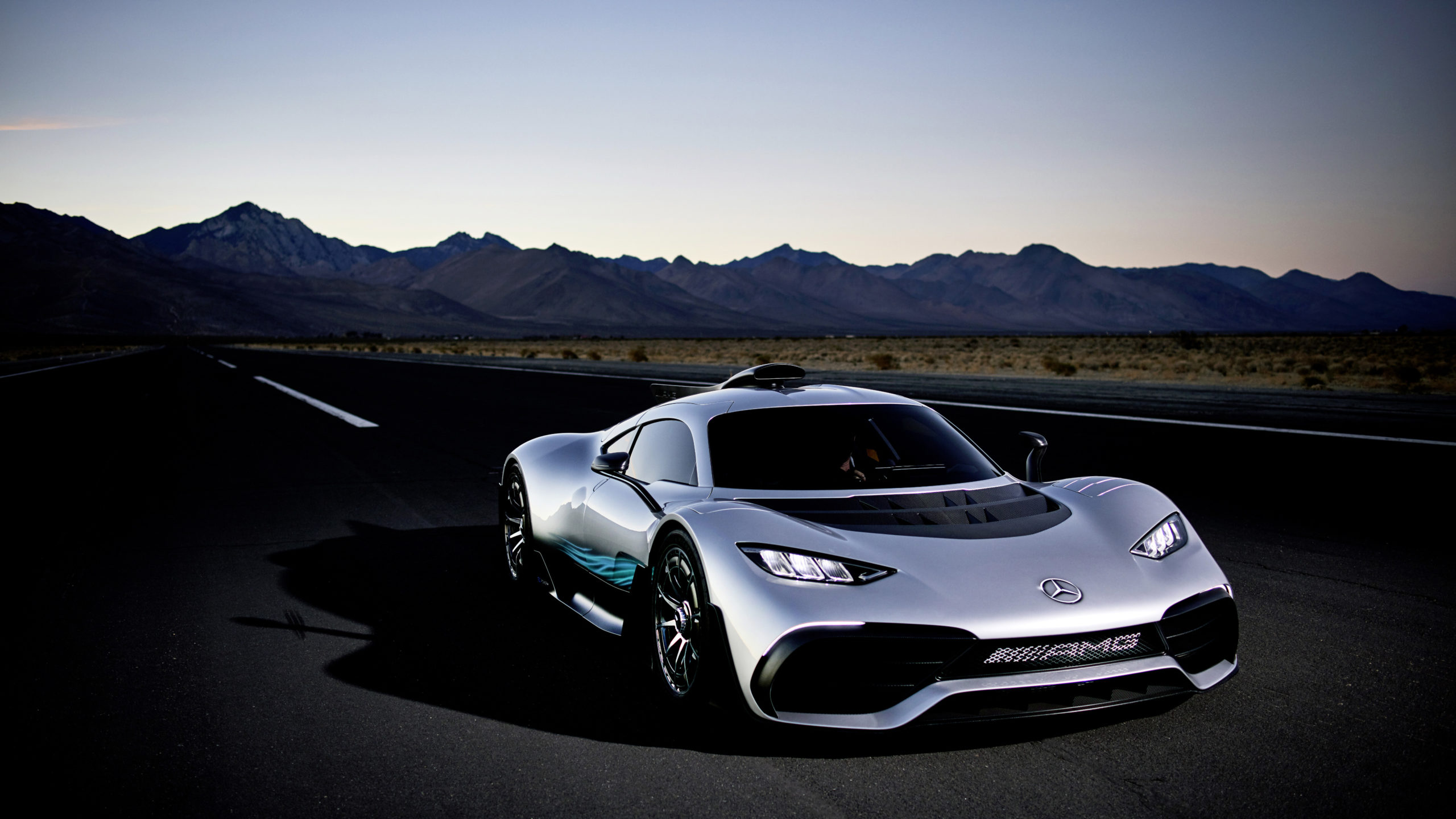AMG: The ugly duckling becomes a mighty swan
Photo credit: Daimler, Mercedes-Benz, AMGPhoto credit: Daimler, Mercedes-Benz, AMG
The image of excellence that envelops the sports models of Mercedes, BMW and Audi was by and large created in the departments dedicated to building high-performance road cars. A marketing idea that also stimulates quality, which came about almost entirely by chance. We begin this story with AMG. Later on, we’ll cover BMW M and Audi Sport.
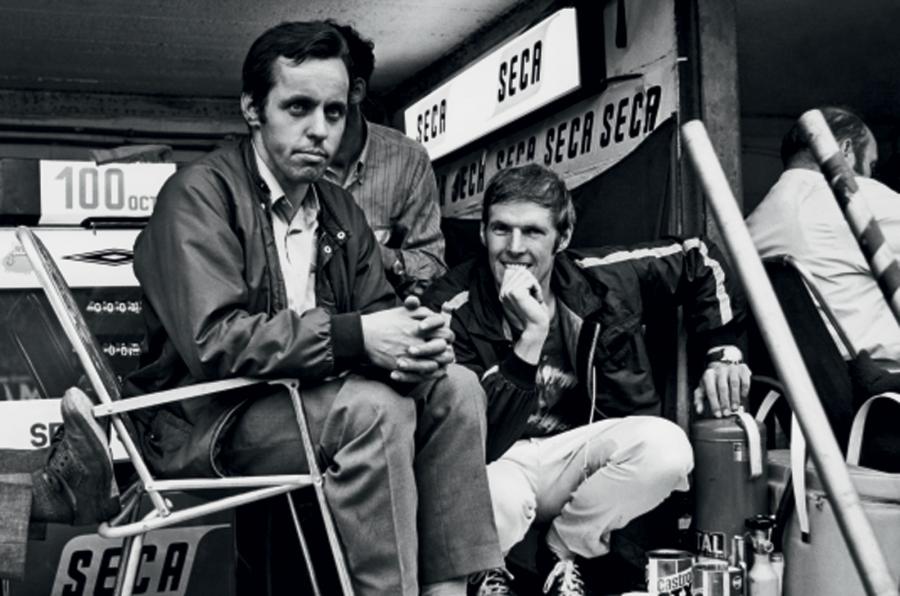
Aufrecht, Melcher and Großaspach are three words that, taken individually, don’t really mean much, but when you put them together they become a famous acronym: AMG, where the first two letters indicate the surnames of the founders and the last the town where Aufrecht was born.
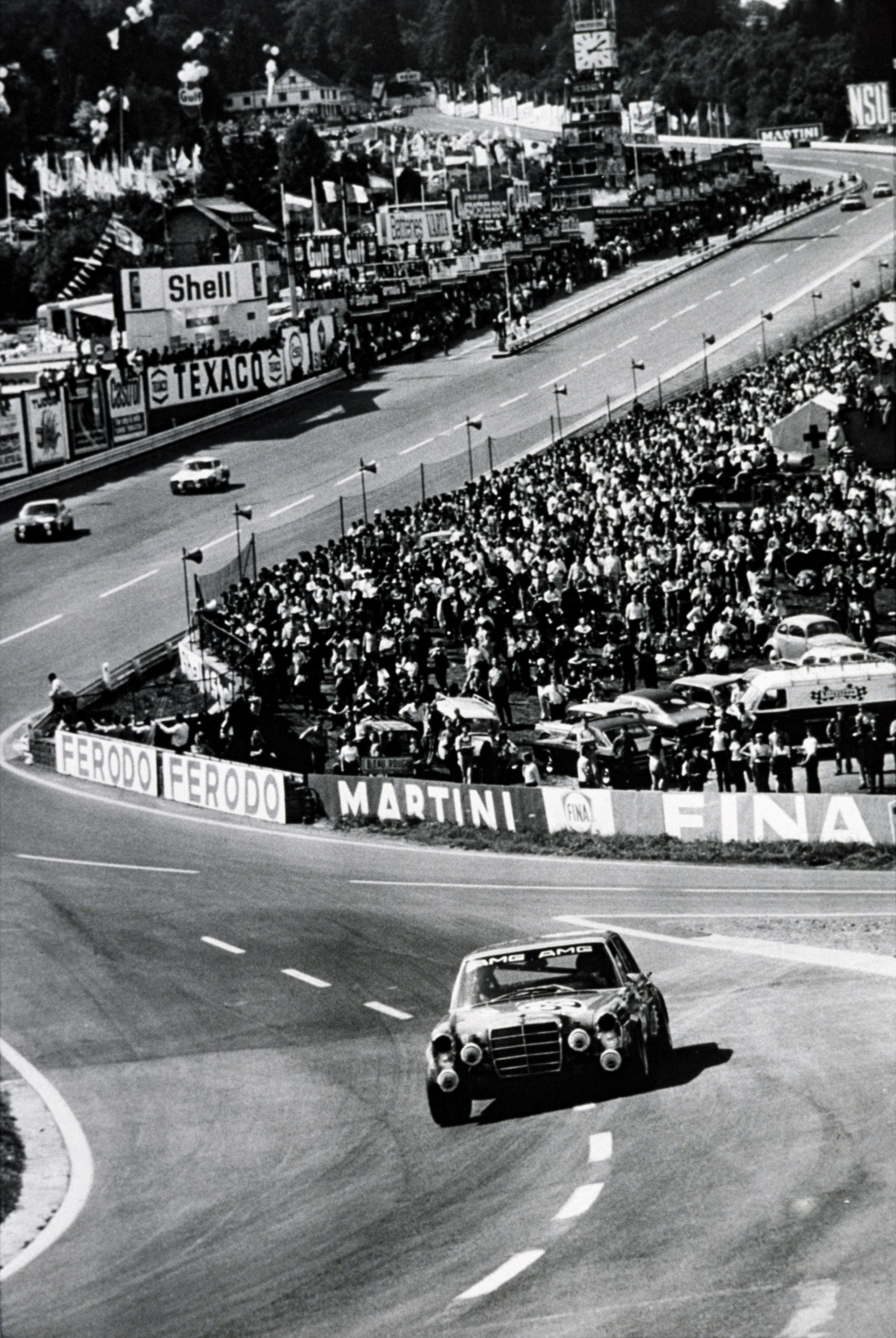
In the early 1960s, Hans Werner Aufrecht and Erhard Melcher were two engineers working in the research and development department of Mercedes-Benz. After the 1955 accident at Le Mans and the subsequent retirement from racing, room for those in Stuttgart who loved racing became very limited indeed. Nevertheless, their work was more than promising considering that the 300SE running one of their engines won no fewer than 10 races of the German Touring Car Championship in 1965. But not even this was enough to convince the board of Mercedes-Benz to change their minds.
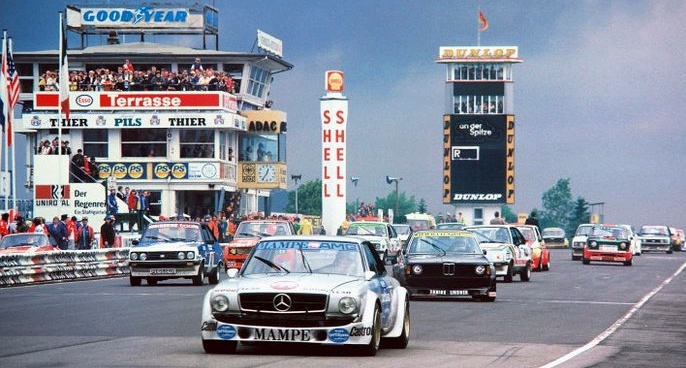
That’s why, in 1967 the two decided to set up their own business and founded AMG, which soon began to make a name for itself internationally after a class victory for their Mercedes 300 SEL 6.8 AMG and second place overall at the Spa 24 Hours in 1971. The car was nicknamed “Red Pig” because of its imposing size which was highly unusual in competitions. The company grew and dedicated itself entirely to racing. Five years passed by and the company moved to Affalterbach (the A, fortunately, was preserved!), where a division dedicated to the elaboration of Mercedes-Benz road cars for customers with a heavy right foot was created. Bear in mind that Germany, still today, has no speed limits on some of their motorways (and, without transforming it into a paradox, fewer accidents than where there are limits… ).
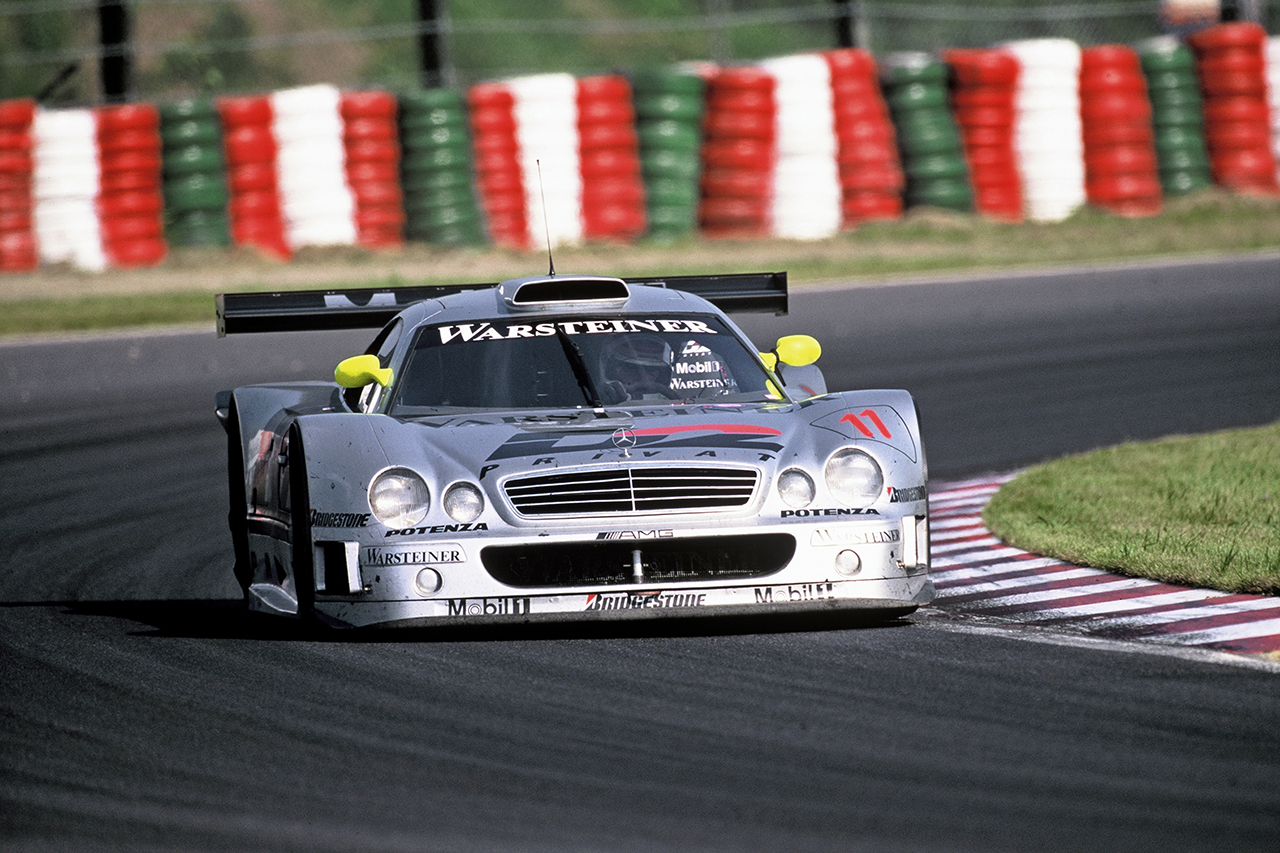
In Stuttgart, victories on the track such as the Mercedes 450 SLC AMG at the 6 Hours of Nürburgring in 1980, did not go unnoticed. Nor did the “Hammer” model developed for road use – a Mercedes C124 modified and equipped with a 5.6 litre V8 engine producing 360BHP. 1955 was now a distant memory and in Germany, BMW, AUDI and with Mercedes-Benz shared the rich rewards of the high-end market. The management in Stuttgart was well aware of the prestige of AMG and the image and marketing opportunities promised by its high-performance models. 1984 saw the start of a series of very successful races known as DTM (Deutsche Tourenwagen Meisterschaft). This series featured road cars transformed into racing cars and Mercedes-Benz simply had to be there. Competition was fierce, and in order to have any chance of winning, you had to have a team of specialists used to racing. In 1988, Mercedes-Benz decided to entrust the official Mercedes DTM team to AMG. Successes came thick and fast and, thanks to the performance of the Mercedes AMGs, in 1994, Aufrecht and Melcher’s dream became a reality: the first AMG model was presented in the Mercedes price list: the C36. The car’s successes in DTM and ITCC (International Touring Car Championship) drove sales sky high, giving considerable credence to the slogan, “race on Sunday, sell on Monday”.
In 1999, Mercedes bought 51% of the company which then became a fully-fledged part of Daimler.
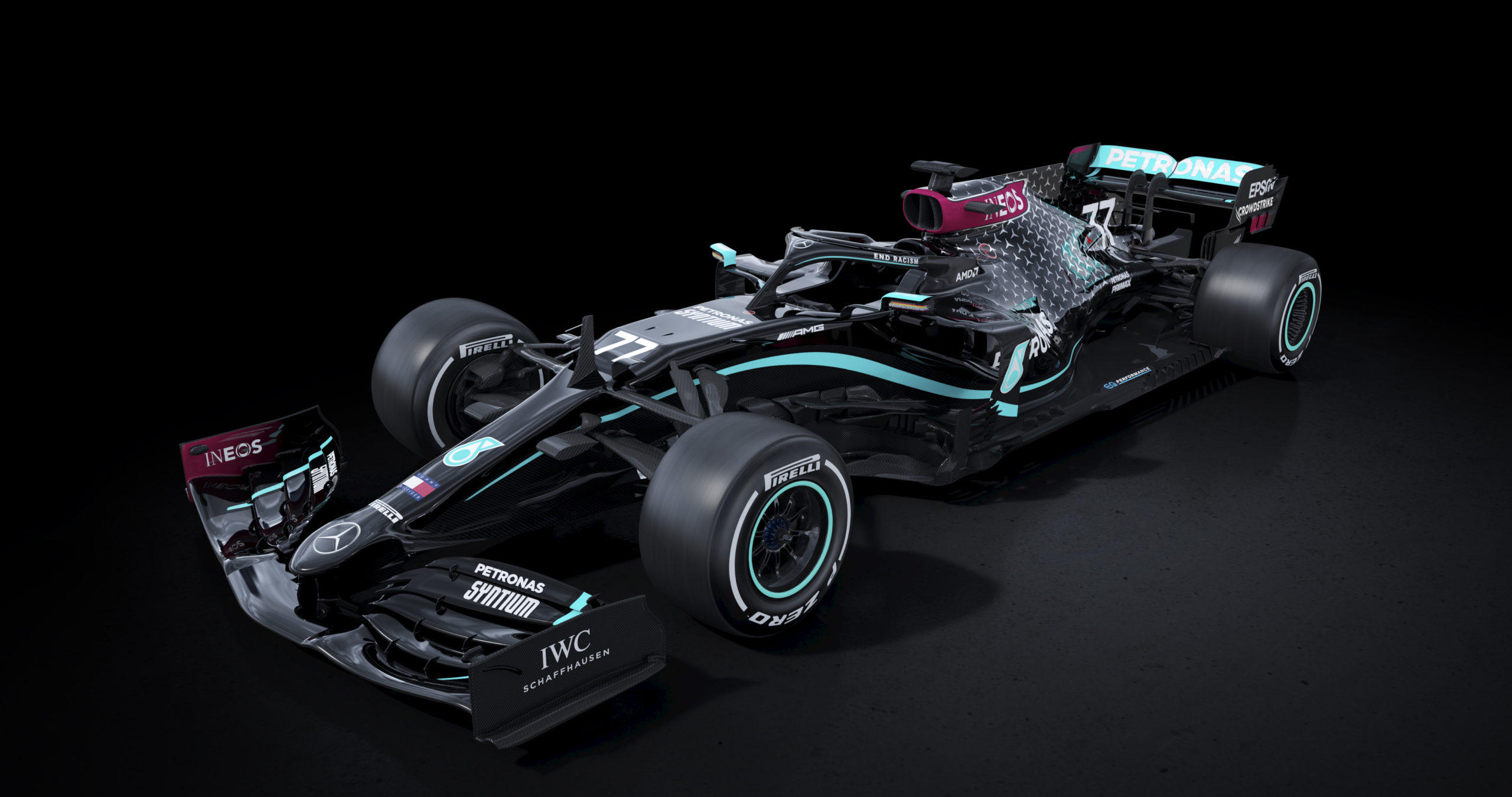
The start of the new millennium coincided with Daimler’s decision to buy the remaining 49% of the shares, a move that allowed more funds to be allocated to AMG. The first Mercedes-AMG car was born: the SLS and in 2012, when Mercedes officially returned to Formula 1 the team was named the Mercedes-AMG Petronas F1 team. This brings us to the present day with Lewis Hamiton’s successive World Title and Constructors wins. To understand how forward-thinking Hans Werner Aufrecht and Erhard Melcher’s idea was, AMG’s latest creation to celebrate the brand’s 50thanniversary is called Project One, the most exclusive supercar in the Star’s history, with technologies borrowed from F1 such as the 1.6-litre hybrid V6 engine derived directly from the silver single-seater (now black in the name of equality).
A beautiful story that shows how passion and racing are powerful marketing tools, as well as an opportunity for continuous technological research.
